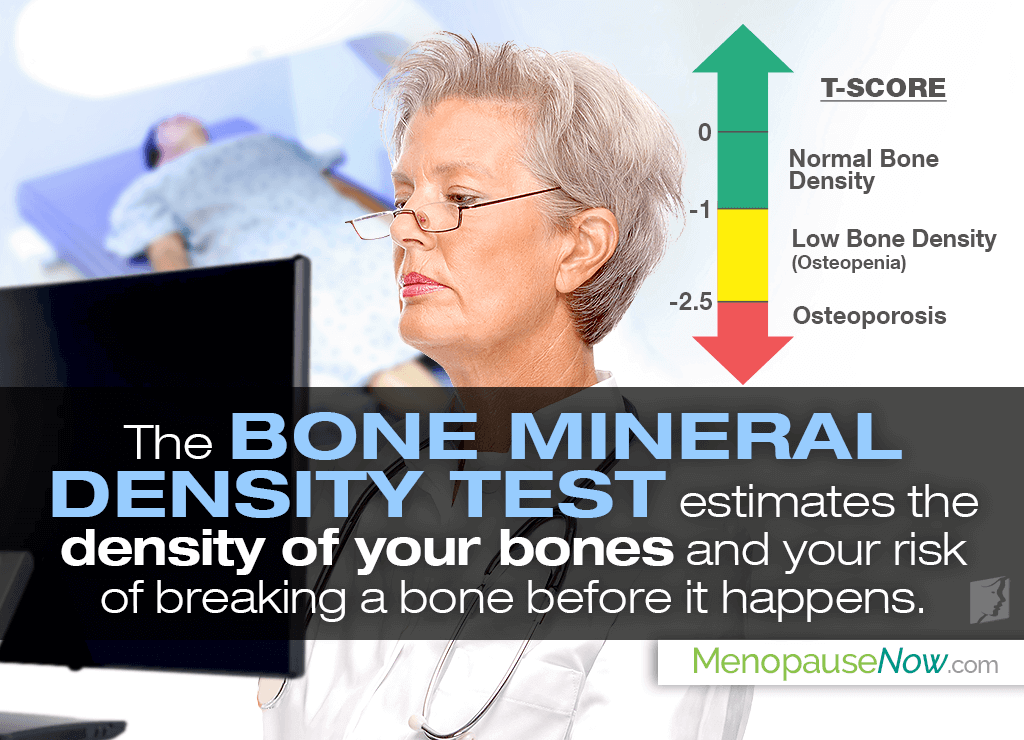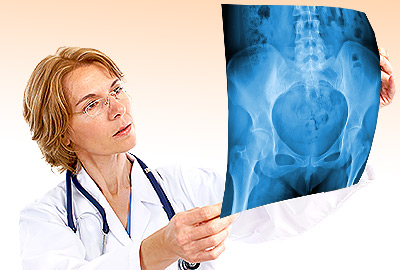Due to lower levels of estrogen, menopausal and postmenopausal women are at risk of developing osteoporosis. As a means to diagnose the degenerative disease, they might pursue a bone mineral density (BMD) test and scratch their heads when it comes to interpreting the scores.
Keep reading to learn more about bone density results to prevent what could be a crippling start to your twilight years.
Purpose of the Bone Density Test
The bone mineral density test estimates the density of your bones and your risks of breaking a bone before it happens. Over time, you can track bone density scores to see if they are improving, stagnant, or worsening, thus helping judge treatment effectiveness as well.
The results of a bone density test are usually expressed as two bone density test scores: T-score and the Z-score.
Bone Density T-Score
A T-score for bone density reflects how much your bone density is higher or lower than that of a healthy, 30-year-old adult.
The following ranges should be used to interpret T-scores for osteoporosis:1
- Normal Bone Density: -1 and above
- Low Bone density (Osteopenia): Between -1 and -2.5
- Osteoporosis: -2.5 and below
In general, the lower the T-score, the lower your bone density. For example, a BMD T-score of -5.5 is lower than that of -2.5, and an osteoporosis score of -1.0 is lower than that of 1.0. Therefore, your doctor will look at your lowest T-scores to diagnose osteoporosis.
Bone Density Z-Score
The osteoporosis Z-score, on the other hand, represents a woman's bone density results in comparison to a person of her age, sex, weight, and ethnicity.
If one's Z-score is abnormally skewed, this could represent an external factor aside from aging that is causing atypical bone loss.
What Do I Do If I Have A Low Bone Mineral Density Score?
Treatment depends upon the stage of osteoporosis.
Women with lower BMD but not yet osteoporosis may wish to pursue additional testing with a specialist to verify bone mineral density scores. Also, medications might be prescribed to prevent further bone loss and reduce the risk of fracture.
For advanced stages of osteoporosis, their doctor may prescribe osteoporosis medications, and repeat bone density tests will be pursued to monitor treatment effectiveness.
Conclusions
Thanks to medical advancements, preparing for a bone density scan test is easy, painless, and takes virtually no effort. Correct interpretation of the two bone density test scores, T-scores and Z-scores, is vitally important for women monitoring bone loss throughout and past the menopausal transition. Those with unsettling bone density scores should rest assured that osteoporosis treatment is possible and available, and better yet, the early stages of osteopenia can be reversed before they worsen into osteoporosis.
Sources
- American Bone Health. (2020). Understanding Bone Density Results. Retrieved February 4, 2020 from https://americanbonehealth.org/bone-density/understanding-the-bone-density-t-score-and-z-score/
- Mayo Clinic. (2017). Bone density test. Retrieved September 18, 2018 from https://www.mayoclinic.org/tests-procedures/bone-density-test/about/pac-20385273
- National Osteoporosis Foundation. (n.d.). Bone Density Exam/Testing. Retrieved September 18, 2018 from https://www.nof.org/patients/diagnosis-information/bone-density-examtesting/
Footnotes:
- New York State Osteoporosis. (2017). Bone Mineral Density (BMD) Testing for Postmenopausal Women. Retrieved February 4, 2020 from https://nysopep.org/bmd-testing-for-postmenopausal-women/




